Figures & data
Figure 1. Decay of black carbon (BC) in the 48 m3 room and example of air change per hour (ACH) calculations.
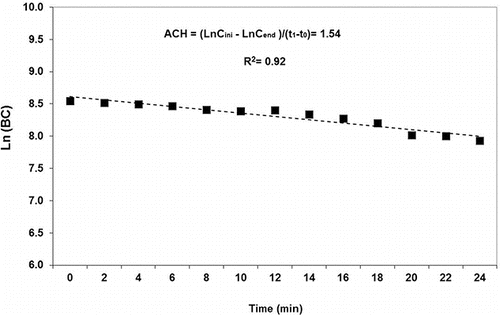
Table 1. Environmental pollution associated with CC, EC, and iQOS. Numbers represent the arithmetic mean (standard deviation). All concentration values reported here are background-subtracted, thus reflecting the increase in indoor concentration during the smoking sessions compared to the background levels in the experiment room. “N.D.” represents non-detectable levels.
Figure 2. Indoor concentration of black carbon (BC) during E-cigarette (a), iQOS (b), and conventional cigarette (c) consumption plotted as a function of time.
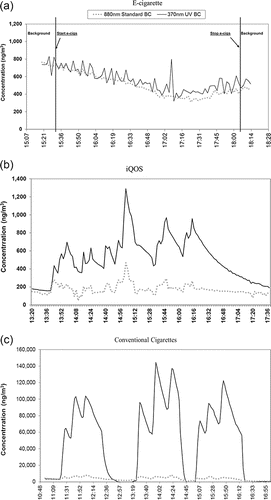
Figure 3. PM > 0.3, PM > 1.0 µm (top plot) and PMnm (i.e., between 10 and 1000 nm, bottom plot) number concentrations during EC vaping plotted as a function of time.
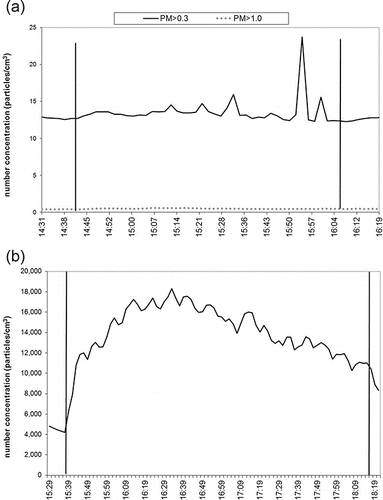
Figure 4. PM > 0.3 and PM > 1.0 µm (top plot) and PMnm (i.e., between 10 and 1000 nm, bottom plot) number concentrations during iQOS smoking plotted as a function of time.
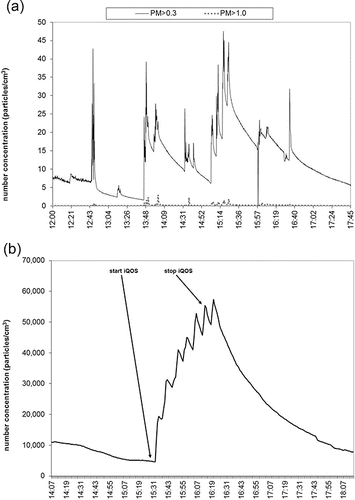
Figure 5. PM > 0.3 and PM > 1.0 µm (top plot) and PMnm (i.e., between 10 and 1000 nm, bottom plot) number concentrations during CC smoking plotted as a function of time.
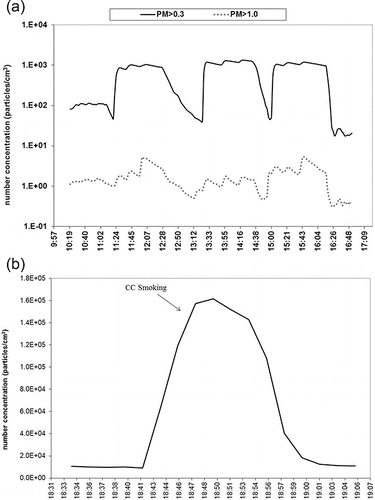
Figure 6. Outdoor and indoor concentrations of organic groups and metals during iQOS consumption. Similar data corresponding to EC and CC are reported in a previous study (Saffari et al. Citation2014). Error bars represent one standard deviation.
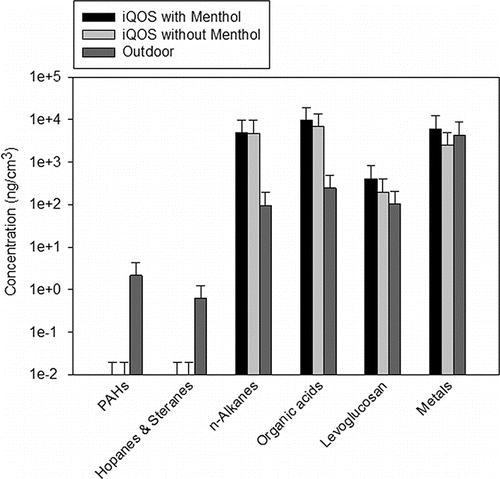
Table 2. Air pollutant emission factors of CC, EC, and iQOS. Numbers represent the mean value (standard deviation). “N.D.” represents not detectable levels.
Table 3. Emission factors (ng/h) of selected metals and trace elements during iQOS, EC, and CC consumption. The data corresponding to EC and CC are adopted from Saffari et al. (Citation2014). Values correspond to average (±standard deviation). “N.D.” represents not detectable values.
Table 4. Emission factors (ng/h) of individual organic compounds during iQOS, EC, and CC consumption. The data corresponding to EC and CC are adopted from Saffari et al. (Citation2014). “N.D.” represents not detectable values.
